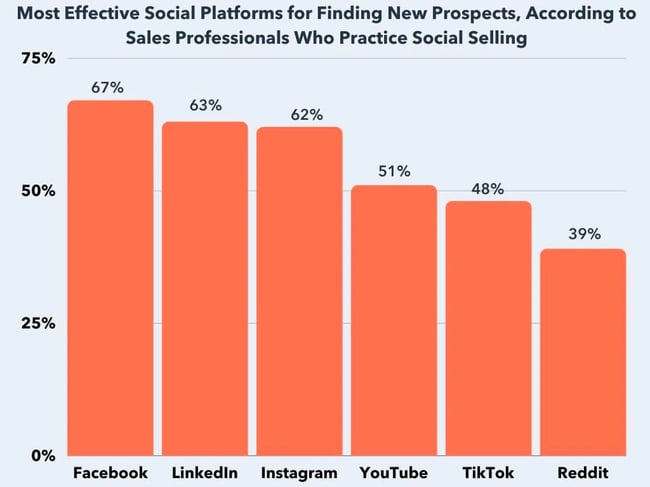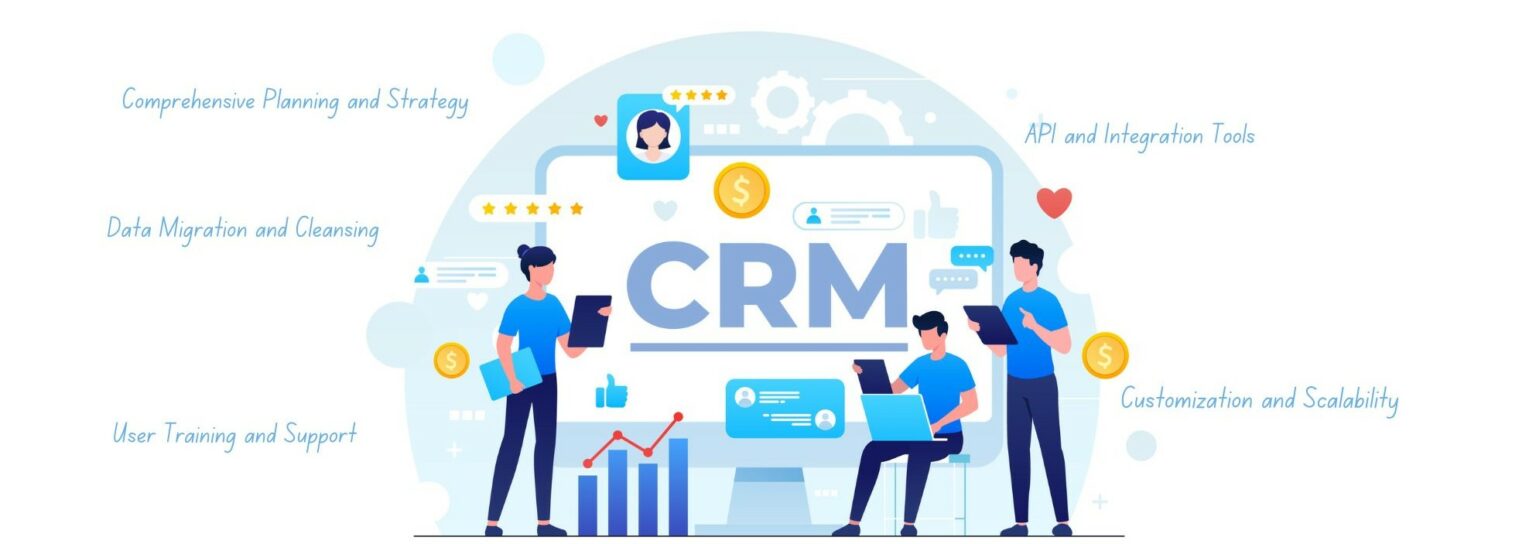Sales Pipeline Tracking and Reporting:
As a business grows, building and managing pipelines can be a difficult task: the tools, methods, and even people. With Bizzyeasy, your sales team can grow along with your pipeline goals. Every organization has a slightly different sales cycle. Bizzyeasy’s customizable sales pipeline management software makes it easier for your sales team to confidently build a solid pipeline. Workflow automation and built-in CRM functionality simplify the process, allowing you to manage leads, sales opportunities, and customer relationships at every stage of the sales process.
The number one job of a sales team is to build a pipeline bursting with qualified prospects and then convert those prospects into paying customers. So, as a sales leader, having an effective way to track and manage your sales pipeline is critical to the success of your team and your business.
Sales organizations are the heart of many businesses across the world. It is essential for such organizations to visualize their sales efforts. Without proper visibility into your sales activities, it is challenging for you to form your next sales strategies. This is exactly where the concept of “Sales Pipeline” comes into the picture.
An organization’s sales pipeline is nothing but the visual representation of each buyer’s journey. Through a sales pipeline, businesses get an idea of how close a prospect is to completing a purchase.
What is sales pipeline Tracking?
In Sales management, pipeline tracking is the activity of keeping tabs on and managing how deals advance through every stage of your sales funnel. Whether you use pipeline management or track your pipeline using spreadsheet, its crucial to keep track of every potential deal so that nothing gets lost in the shuffle.
Metrics to add to your Sales Pipeline Report
Are you wondering, how to evaluate the sales pipeline? Well, you need to understand the significance of each sales pipeline metric first. If you continue to track these metrics regularly, you’ll be able to generate an accurate sales pipeline report.
Below are the metrics to start with:
1. New Qualified Leads per Week
You should start your sales pipeline analysis by tracking this metric. It is impossible to close more sales deals if you don’t have qualified leads in your sales pipeline. By qualified leads, we mean the prospects who are ready to buy from you. These leads can help you achieve prompt conversion rates.
A robust sales pipeline is filled with new leads every week. By tracking this metric regularly, you can get visibility on the following aspects: How effective are your sales activities and initiatives are to generating new leads? ,Is your lead volume sufficient to fulfill the revenue goals? , Are your sales compromising on the lead quality while focusing on lead quantity?
2. Conversion Rate per Stage
Another metric that determines the health of your sales pipeline is the conversion rate per stage. Since the sales cycle consists of many stages, it is important to identify the conversion rate in each stage. By tracking this metric regularly, you’ll get an idea of how well your sales pipeline is doing.
3. Sales Pipeline Velocity
This metric shows the amount of money that’s passing through your sales pipeline every day. The value of sales pipeline velocity depends on how fast the leads are getting converted through your sales pipeline. This metric is a critical one to understand how healthy a sales pipeline is. Also, you can find those leads that are taking a long time to get converted.
Calculating sales pipeline velocity is pretty easy. You can use the following formula:
%252520(1).png)
4. Overall Pipeline Value per Stage
Getting visibility over your overall sales pipeline value is important. This metric requires you to add up the total value of each deal in a particular stage. This overall value represents the total pipeline value of a sales pipeline. Evidently, the higher the value of the overall sales pipeline, the better. Don’t forget to track this metric regularly since it offers major revenue generation opportunities. But, it is always better to maintain realistic expectations. All the sales deals won’t close on the same day.
5. Sales Rep Pipeline Performance
It is also very important to track how each sales rep is performing and what their individual contributions are towards your overall sales pipeline. This metric tells you exactly that. Additionally, this metric also helps you identify if your sales reps require any individual assistance or motivation.
For example, suppose one of your sales reps is doing pretty well in terms of prospecting. This individual is bringing in new leads every day. However, a very lower percentage of these leads are getting converted. This clearly means that this particular rep requires training to improve their lead conversion skills.
Basic steps to building a sales pipeline:
1. Define the stages of your sales pipeline.
While the quickest way to define your sales pipeline stages might be copying a template, developing your own is worth the time and effort. After all, the pipeline stages must match your prospect’s buying journey to help you track progress and predict revenue effectively. However, customers undergo a typical process:
-
- Awareness. The buyer realizes they have a pain point or opportunity.
-
- Consideration. The buyer defines their paint point, develops evaluation criteria, and researches potential approaches.
-
- Decision. The buyer has finalized their strategy and compares vendors/specific solutions.
To illustrate, check out this hypothetical buyer’s journey:
With that in mind, your sales pipeline stages might be:
-
- Connect. The buyer engages with your company through an email from a salesperson, a webinar, or a piece of content.
-
- Appointment set. The buyer agrees to a meeting to learn more about how you can help them.
-
- Appointment completed. They attended the meeting, and you confirmed the next steps.
-
- Solution-proposed. The buyer wants to use your product to solve their pain point or capitalize on their opportunity.
- Proposal sent. The buyer reviews your proposal or contract.
2. Identify how many opportunities continue through each stage.
You should know how long prospects spend in each stage both across the board and for closed/won deals. For example, the average prospect may spend two weeks in the demo stage, while those who eventually buy spend three weeks.
You should also know the percentage of opportunities that advance to the next stage.
And it’s critical to establish yield probability (or conversion rate) per stage. Perhaps prospects are 75% likely to buy in the demo stage and 90% likely to buy in the negotiation stage. Once you’ve assigned these percentages to each stage, you can develop monthly or quarterly revenue estimates.
Knowing these benchmarks will help your reps and sales managers predict which opportunities will likely close.
3. Calculate the opportunities you need to hit your goals.
Now you can work backward to determine how many opportunities you need in each pipeline stage. Start with your target monthly or quarterly revenue divided by your average deal size, so you know how many deals you need to win.
Next, divide your target deal number by your yield probability per stage. If you need to win 135 deals, and your reps typically close 90% of deals in the negotiation stage, 150 opportunities must reach that stage in a month.
Salespeople can use these benchmarks to measure their progress against the targets.
4. Understand the commonalities between opportunities that convert.
Pinpoint the common characteristics of opportunities that convert for every stage. These include the rep’s actions (like sending a follow-up email) and prospect responses (agreeing to a demo). Knowing these patterns will help optimize your sales process for better closing rates.
5. Create or adapt your sales process around this data.
Create a sales process or update your existing one around these actions and numbers. A strong sales process helps in consistently close deals by giving a proven framework to follow.
By incorporating your sales pipeline data, you can shift your sales process to move your prospects and opportunities closer to close.
6. Continuously add leads to your pipeline.
Establishing a sales process isn’t enough, though since many sales teams focus more on closing deals, they tend to forget prospecting for the upcoming month, and when the next month comes, they’re way behind their schedule.
In an ideal sales pipeline, you should always have more opportunities in the prospecting part than in the closing part. That’s because the number of prospects in each stage progressively decreases while the probability of closing progressively increases.
 7. Maintain the health of your pipeline.
7. Maintain the health of your pipeline.
Give your team a system for following up with leads, including timing, cadence, and contact method. Set clear expectations like:
-
- Every inbound lead is contacted within six hours or less.
-
- Every lead receives 10-12 touches spread out over one month.
-
- Every lead receives various email, phone, and social media touches.
-
- Every touch includes new information or resources.
A uniform follow-up strategy helps in maintaining clean pipelines by telling them when to disqualify prospects. If a prospect hasn’t responded by the last touch, they should be removed from the pipeline.
8. Clean your sales pipeline regularly.
Cleaning up your pipeline is critical if you want an accurate sales forecast. That’s because most forecasts use each opportunity’s stage to determine how likely it is to close.
Sales Pipeline Analysis made Simpler with Bizzyeasy:
Are you looking to gain real-time visibility into your sales pipeline? Your search should end with Bizzyeay. We’ll help you to develop detailed insights over your sales pipeline throughout. Here’s how we can help you to:
-
- Identify which leads are at which stage of your sales pipeline
-
- Evaluate the performances of your sales reps
-
- Improve your awareness with post-call analytics as we help you measure critical metrics like win rate, sales conversion, estimated deal size, sales cycle length, and so on.
-
- Reduce your sales cycle length and build a profitable sales pipeline.
Data privacy and Security issues
The growing dependency on digital technologies is becoming a way of life, and at the same time, the collection of data using them for surveillance operations has raised concerns as some industries require a high level of data security to comply with data protection regulations.
